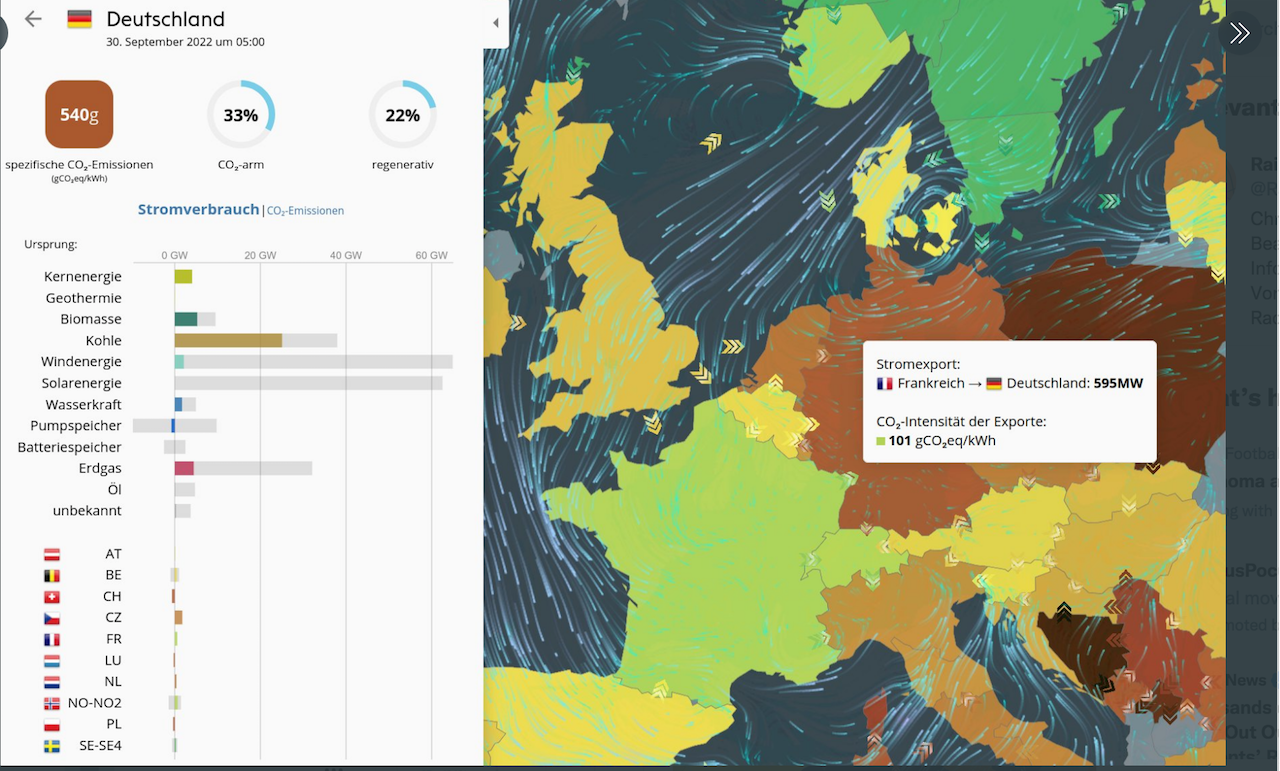‘When the crocus blossoms,’ hiss the women in Berlin,
‘He will press the button, and the battle will begin.
When the crocus blossoms, up the German knights will go,
And flame and fume and filthiness will terminate the foe…
When the crocus blossoms, not a neutral will remain.’
(A P Herbert, Spring Song, quoted in To Lose a Battle, by Alistair Horne)
On May 10, 1940, German forces launched an attack against Belgium, France, the Netherlands, and Luxembourg. Few people among the Allies imagined that France would collapse in only six weeks: Churchill, for example, had a high opinion of the fighting qualities of the French army. But collapse is what happened, of course, and we are still all living with the consequences. General Andre Beaufre, who in 1940 was a young Captain on the French staff, wrote in 1967:
The collapse of the French Army is the most important event of the twentieth century.
If it’s an exaggeration, it’s not much of one. If France had held up to the German assault as effectively as it was expected to do, World War II would probably have never reached the nightmare levels that it in fact did reach. The Hitler regime might well have fallen. The Holocaust would never have happened. Most likely, there would have been no Communist takeover of Eastern Europe.
This campaign has never received much attention in America; it tends to be regarded as something that happened before the “real” war started. Indeed, many denizens of the Anglosphere seem to believe that the French basically gave up without a fightwhich is a considerable exaggeration given the French casualties of around 90,000 killed and 200,000 wounded. But I think the fall of France deserves serious study, and that some of the root causes of the defeat are scarily relevant to today’s world.
First, I will very briefly summarize the campaign from a military standpoint, and will then shift focus to the social and political factors involved in the defeat.
France’s border can be thought of in terms of three sectors. In the north, the border with with Belgium. Early French military planning had been based on the idea of a strong cooperative relationship with Belgium: however, in the years immediately prior to 1940, that country had adopted a position of neutrality and had refused to do any joint military planning with France. In the south, the border was protected by the forts of the Maginot Line (the southern flank of which was anchored by mountainous territory bordering on Switzerland and Italy.) In between these regions was the country of the Ardennes. It was heavily wooded and with few roads, and the French high command did not believe it was a feasible attack route for strong forceshence, the Maginot Line had not been extended to cover it, and the border here was protected only with field fortifications.
The French plan was based on the assumption that the main German attack would come through Belgium. Following the expected request from the Belgian government for assistance, strong French forces were to advance into that country and counterattack the Germans. In the Maginot and Ardennes sectors, holding actions only were envisaged. While the troops manning the Maginot were of high quality, the Ardennes forces included a large proportion of middle-aged reservists, and had been designated as lower-class units.
The opening moves seemed to fit expectations. The Germans launched a powerful attack through Belgium, and the Belgian government made the expected requests for help. Andre Beaufre:
Doumenc sent me at once to Vincennes to report to General Gamelin (the French supreme commander). I arrived at 6.30 AM at the moment when the order had just been given for the huge machine to go into operation: the advance into Belgium. Gamelin was striding up and down the corridor in his fort, humming, with a pleased and martial air which I had never seen before. It has been said since that he expected defeat, but I could see no evidence of it at the time.
There was heavy fighting in Belgium…but the German attack on this country had served to mask their real point of maximum effort. Early in the morning of the 13th, it became clear that massive German forces were moving through the Ardennes, which had turned out to not be so impassable after all. A massive German air attack paved the way for a crossing of the Meuse river and the capture of the town of Sedan. French officers were stunned by the speed of the German advancethey had expected delays while the Germans brought up heavy artillery, not understanding that dive bombers could play a role similar to that traditionally played by artillery. And the bombing was psychologically-shattering, especially for inexperienced troops. The famous historian Marc Bloch had been exposed to many artillery barrages while fighting in the First World War: in reflecting on his service in 1940, he observed that he found aerial bombing much more frightening even though it was, objectively, probably less dangerous. (Bloch later joined the Resistance and was captured by the Germans and shot.)
The French command never really recovered from the unexpected thrust through the Ardennes and the fall of Sedan. Beginning on May 27, the British evacuated their troops at Dunkirk. On June 14, Prime Minister Paul Reynaud resigned. He was succeeded by Philippe Petain, a hero of the First World War, who immediately sought terms with the Germans. The “armistice”basically a surrenderwas signed on June 20. By Hitler’s order, it was signed in the same railway car where the armistice of 1918 had been signed. Hitler was present in person for the ceremony: William Shirer was fifty yards away, and was studying his expression through binoculars: It is afire with scorn, anger, hate, revenge, triumph.
Many military factors were involved in the defeatobsolete doctrine on armored forces, inadequate use of radio communications, a strange and cumbersome military organization structure. But the roots of the 1940 debacle are not to be found onlyor perhaps even primarilyin strictly military matters. A major role was played by certain characteristics of French society and politics of the timeand some of these factors are spookily similar to things that are going on in America today.

